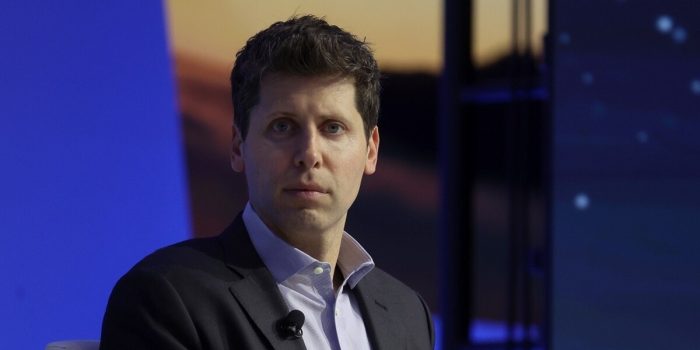In a recent talk with The Advocate, OpenAI boss Sam Altman talked about how people misunderstand AI. He said some see AI as a “creature,” like in sci-fi movies, while others see it as just a “tool.” Altman thinks it’s more accurate to see AI as a tool, like OpenAI’s ChatGPT.
Altman admitted that using AI tools can be risky, but he believes it’s different from thinking of AI as a living creature. He thinks AI tools can help people do great things and make new things. However, Altman’s view on whether AI is a tool or a creature isn’t crystal clear. Although he said ChatGPT is a tool, he also hinted that OpenAI’s other projects might also be seen as tools.

In his words:
“The biggest misconception about AI I think is there’s confusion about whether AI is thought of as a tool or a creature. It’s a better movie plot if it’s a creature in a sci-fi movie, for example. If you use ChatGPT, it’s clearly a tool.
There’s still risks with tools, of course, but they’re of a different shape and a different kind of profile. And I think the popular misconception of AI as sci-fi is very, very different from people who have been using it as a tool for a long time.
And by the way, I think it’s great that what we’re building is like a tool, because if you give humans better tools, they do these amazing things to surprise you on the upside and that builds all this new value for all of us.”
Technically, AI today is just a bunch of math and data, not a living thing like a creature. But Altman’s idea of AI as a tool helps tell a story, especially when people worry about losing jobs to AI. Seeing AI as a tool suggests it can work with people rather than replace them, easing fears about job loss.

This narrative, however, contrasts with Altman’s previous predictions about AI’s potential to replace human workers on a large scale. He previously speculated about AI’s capacity to supplant the average human employee, citing personalized AI-powered tutors as an example. These predictions align more with the concept of AI as a potential autonomous entity capable of performing human tasks independently.
The development of AI, exemplified by OpenAI’s ChatGPT, often blurs the lines between tool and creature. ChatGPT simulates human conversation, leading to the formation of parasocial relationships with users. Additionally, advancements in AI technology may lead to the creation of AI “agents” capable of autonomous action, challenging traditional definitions of tools.
Ultimately, Altman’s characterization of AI reflects an evolving understanding of its role in society. Whether AI is perceived as a tool or a creature depends on its application and societal context. As Altman continues to shape OpenAI’s trajectory, he may introduce new paradigms that redefine the relationship between humans and AI, further complicating the classification of AI as either a tool or a creature.


